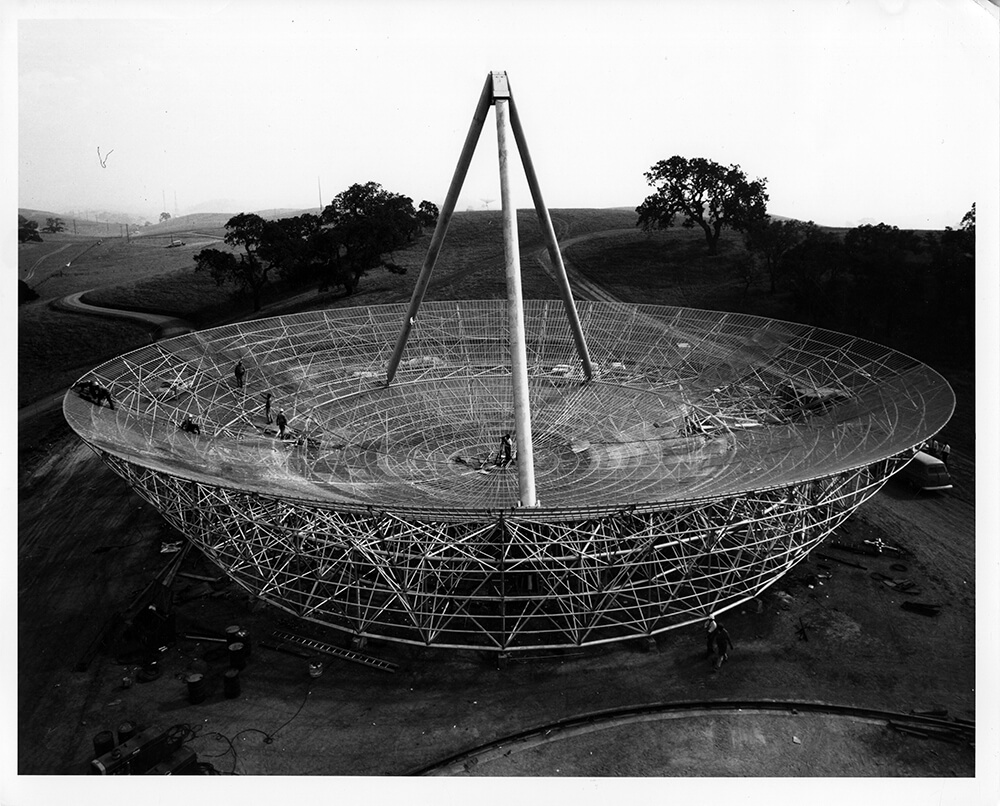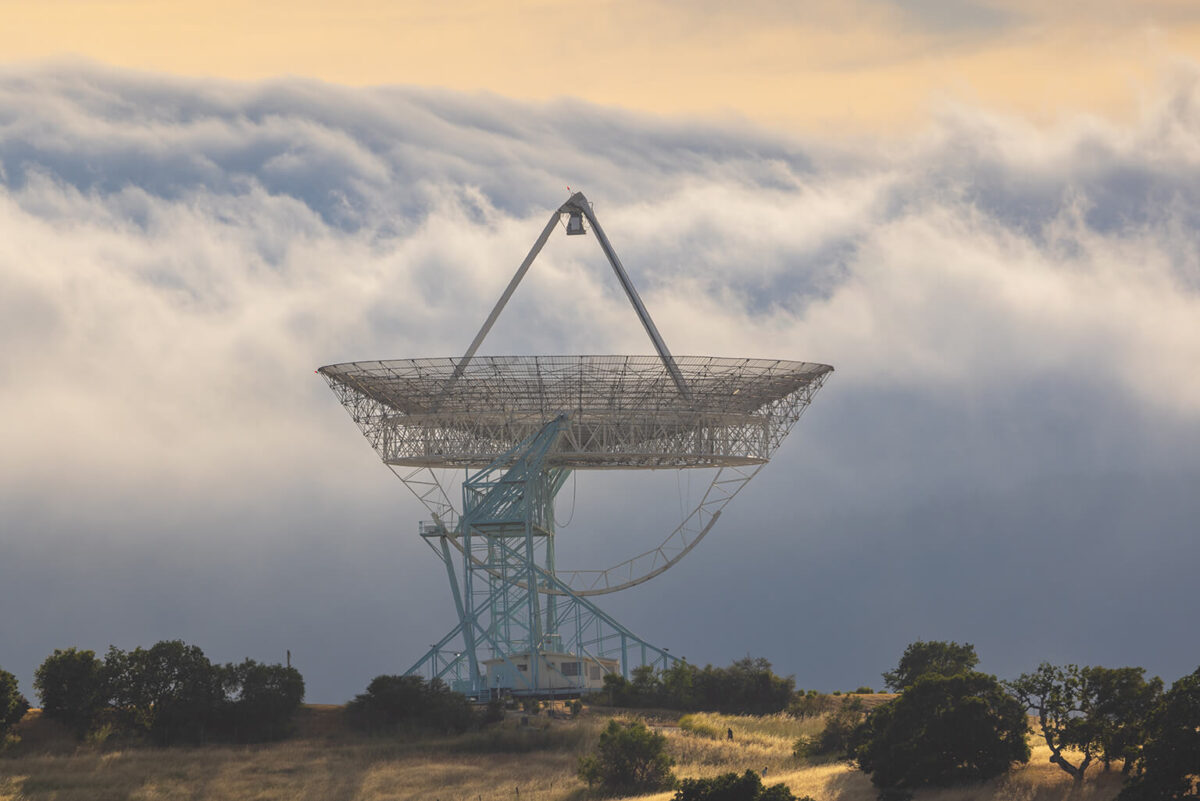Is E.T. phoning home? Some believe that “The Dish,” a hulking radio telescope in the Stanford foothills, was built to search the cosmos for signs of life. Although the history of Stanford’s Dish includes no alien communication, it nevertheless boasts an exciting saga filled with foreign espionage and interstellar rescue. In 1958, threatened by the Russian launch of Sputnik I, the Department of Defense commissioned the Dish’s construction after Stanford scientists submitted a proposal outlining its ability to spot enemy aircraft and the atmospheric impacts of nuclear explosions. After its completion in 1961, researchers could investigate our ionosphere and a local defense contractor listened in on Soviet signals bouncing off the moon.

However, under the near-complete control of the Stanford Research Institute, the device became much more than a Cold War spy machine. It measured electron content during the 1963 total solar eclipse, communicated with multiple NASA satellites and even helped map Venus’ atmosphere by sending signals to the Mariner probe. Unfortunately, radio interference in the surrounding Bay Area and NASA’s increasing frequencies of communication reduced the Dish’s functionality, and some even believed the university might sell it. Then in 1982, the underestimated apparatus made headlines after SRI scientists used it to save Britain’s malfunctioning satellite OSCAR 9 by sending a signal powerful enough to shut off its haywire transmitters. Twelve years later, workers were lowering the Dish’s humongous tripod when its cables snapped and it nose-dived to the ground. It took four months for the structure to be repaired and improved. Today, references to “The Dish” typically mean the 3.5-mile adjacent trail enjoyed by over 500,000 people each year—but the structure to which it owes its name still performs a variety of functions including satellite calibrations and spacecraft command. Sounds like E.T. might be sent to voicemail!


